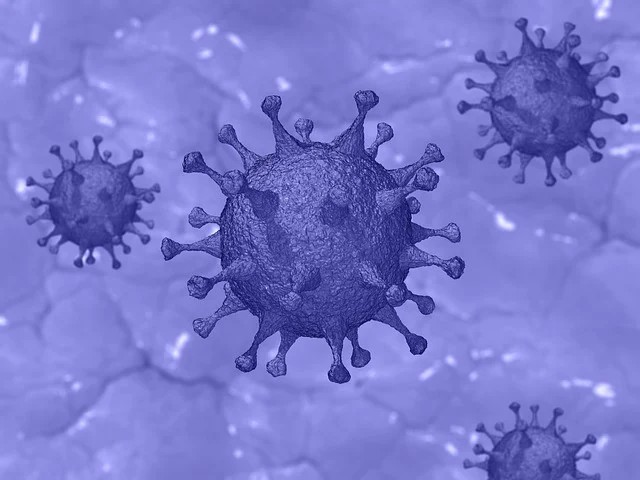A review published in The Lancet evaluates the main methods to detect SARS-CoV-2 infection: PCR and antigens; in addition to tests that measure the antibodies generated by the infection or the vaccine. This chart highlights the strengths, weaknesses and suitability of each method in different contexts.
“Test, test, test.” This is how Tedros Adhanom , director general of the World Health Organization (WHO), urged countries at the beginning of the covid-19 pandemic. Testing, isolation and contact tracing should be – and have been in many cases – the “backbone of the global response” to the crisis, according to the head of the agency.
According to experts, there is no global consensus on testing strategies combined with robust public health measures.
Today, although there are more than 1,000 brands of diagnostic tests available on the market—and more in the pipeline—many countries face common challenges: testing capacity, global competition for access to diagnostic kits and supplies (including swabs for sample collection), choosing the appropriate test for each situation, and ensuring that tests have external validation.
According to experts, there is no global consensus on testing strategies combined with robust public health measures such as quarantine and contact tracing. However, testing outside healthcare settings has been carried out on an unprecedented scale.
Given this situation, an international team of scientists has published a review in The Lancet on the strengths, weaknesses and applications of the different covid-19 tests, as well as their potential for managing the pandemic since the diagnoses have shown be key in the response to the pandemic .
Three tests for different contexts
There are three main methods for detecting SARS-CoV-2 infection and their role has evolved over the course of the pandemic. According to The Lancet study , these three types of covid-19 tests currently continue to play a key role in the transition from response to the pandemic to its control.
Molecular tests , such as PCR , are very sensitive and specific for detecting viral RNA , and are recommended by the WHO to confirm the diagnosis in symptomatic people and to activate public health measures.
Antigen tests are not useful as screening tests in asymptomatic patients or without close close contact over time since they can give false negative results. Blanca Lumbreras, professor of Preventive Medicine
Antigen tests detect viral proteins and, although they are less sensitive than molecular tests, they have the advantage of being easier to perform and giving a faster result. They also have a lower cost and can detect infection in people at higher risk of transmitting the virus to others.
Antigen tests “are useful when we have compatible symptoms,” explains to SINC the professor of Preventive Medicine and Public Health, Blanca Lumbreras , independent of this research. Also, in the event that Primary Care is saturated and it is not possible to have a result as soon as possible, "if we have been in close contact with a positive person."
Therefore, they can be used as a public health tool to screen people at higher risk of infection, protect clinically vulnerable people, ensure travel safety – although they do not allow obtaining a COVID passport – and the resumption of travel. school and social activities, and allow economic recovery, say the authors of the work.
However, these tests “are not useful as screening tests in asymptomatic patients or without close close contact over time,” recalls Lumbreras, “since they can give false negative results” in which the test tells you that you do not have the infection. when you do have it.
With vaccine rollout, antibody or serological testing (which detects the host response to infection or vaccination) may be useful surveillance tools to inform public policy. However, they should not be used as evidence of immunity, as the correlates of protection remain unclear.
How to interpret the results
In the case of antigen tests, “it is important to know that if the result is positive , the probability of being infected is very high, and you must contact Primary Care, in addition to following the isolation instructions,” indicates the professor.
If the result is negative, infection cannot be ruled out due to the probability that these tests have false negative results.
If the result is negative , “infection cannot be ruled out due to the probability that these tests have of giving false negatives.” Therefore, “if you have symptoms or have had close contact, you should contact Primary Care,” he advises.
In addition, the sensitivity and specificity of these tests must be taken into account . Sensitivity is the ability of the test to give a positive result when there is infection: if it is low, there will be false negatives. Specificity is its ability to give a negative result when there is no infection: if it is low, there will be false positives.
“ When we talk about results, they are always probabilities,” concludes Lumbreras. He explains that the percentages are average values obtained from previous studies, and that they can vary between different works.
Reference : Rosanna W Peeling et al. "Diagnostics for COVID-19: moving from pandemic response to control" The Lancet
Source: SINC
Rights: Creative Commons
















